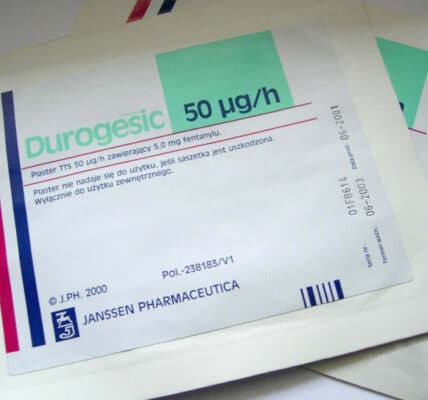Controlled-Release Medication Could Improve Outcomes in Addiction Treatment

In entrepreneurship, the safest route to profit is to find something that already works and improve it. The same can be said of science: The safest route to a new drug breakthrough is to find an existing drug that works and improve it.
Enter a pair of researchers at Virginia Commonwealth University (VCU) who have taken an effective drug for the treatment of opioid use disorder and tweaked it to reduce the side effects that caused it to be prescribed less often than methadone and buprenorphine.
The drug is known as LAMM, which stands for Levo-α-acetylmethadol. In a fascinating bit of research into the effectiveness of opioid use disorder (OUD) medications, the researchers led by the VCU duo refer to the drugs used to treat OUD as “mu-opioid receptor agonists,” a classification that is new to me.
Mu-opioid receptor agonists, or MOR agonists, include fentanyl, heroin, methadone, buprenorphine, and naltrexone. Methadone is a “full MOR agonist” whereas buprenorphine and naltrexone are “partial MOR agonists,” the researchers write in what is my favorite publication name so far this year, the Journal of Controlled Release.
A 2005 study comparing outcomes for OUD treatment using methadone, buprenorphine and LAMM found no significant difference:
We did not find any factors that would strongly guide selection of one medication over others.
However, LAMM is associated with “cardiac toxicity” and was taken off the market in 2003. Enter the VCU researchers, who reformulated it to create nor-LAMM, “an active metabolite of LAAM with even higher potency and better safety than LAAM.” Now add a timed-release delivery method:
In this study, we sought to explore the therapeutic potential of nor-LAAM for OUD by developing a sustained release polymeric microparticle formulation suitable for subcutaneous injection, potentially beneficial for OUD patients who are unresponsive to methadone or buprenorphine treatments.
Their study was conducted with fentanyl-addicted mice. The researchers concluded “a sustained-release nor-LAAM-MP formulation is advantageous as it can enhance drug bioavailability, minimize adverse effects, reduce dosing frequency, and improve patient adherence.” The mice used less fentanyl and showed fewer withdrawal symptoms.
In an article for VCU News, the two lead researchers, Qingguo Xu, Ph.D., associate professor in the School of Pharmacy, and Matthew Banks, Ph.D., professor in the School of Medicine, explain why controlled release is so important. Methadone must be administered daily, requiring patients to visit a facility each day. The nor-LAMM shot works for a month, dispensing the prescribed amount on a continuous basis.
Dr. Banks told VCU News, “the frequency of doses can make it easier for patients to comply with their treatment plans.” The researchers are hoping these latest study results will interest drug companies in clinical trials with human beings. Even though LAMM has already been approved by the FDA, approval for a controlled release version of nor-LAMM is still years away.
Written by Steve O’Keefe. First published March 26, 2025.
Sources:
“Nor-LAAM loaded PLGA microparticles for treating opioid use disorder,” Journal of Controlled Release, September 2024.
“Predictors of outcome in LAAM, buprenorphine, and methadone treatment for opioid dependence,” Experimental and Clinical Psychopharmacology, 2005.
“VCU researchers are developing a long-acting medication for opioid addiction,” VCU News, March 18, 2025.
Image courtesy of Wikimedia Commons, used under Creative Commons license.




